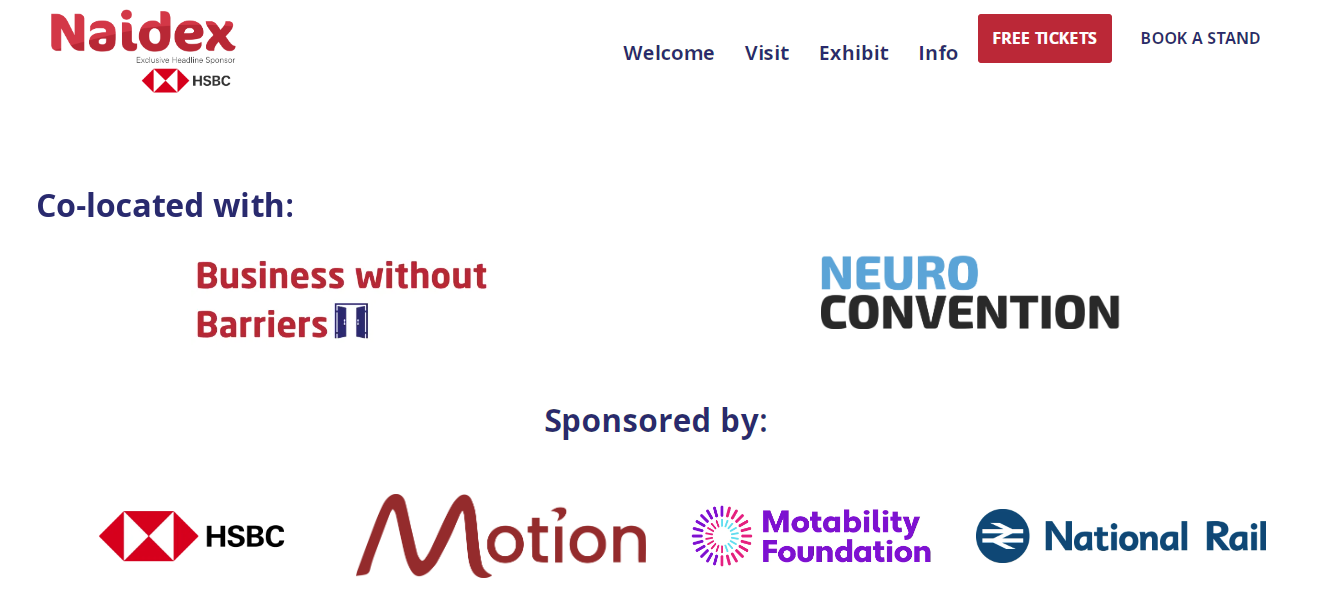In the UK, more time is spent on TikTok every day than on all the other Social Media platforms combined.
In today’s digital age, where social media platforms reign supreme in shaping consumer behaviour and driving business success, TikTok is a force to consider seriously. While many businesses may still perceive TikTok as a platform primarily for entertainment and viral dance challenges, the reality is that it has evolved into a dynamic ecosystem offering unparalleled opportunities for businesses across various industries. Tapping into TikTok in 2024 could be a game-changer for those in the Mobility Healthcare Industry.
Let’s delve into why.
1 Revolutionising Search Engines:
TikTok isn’t just another social media platform; it’s becoming one of the most popular search engines globally. Users flock to TikTok not only for entertainment but also to discover fresh content, explore interests, and find solutions to their problems. For businesses in the mobility healthcare industry, having a presence on TikTok can significantly enhance your visibility and reach among potential customers.
2 Simplicity at its Core:
TikTok thrives on simplicity, unlike some platforms that require elaborate setups or technical skills. If you have a smartphone and can generate creative ideas while staying attuned to current trends, you’re already equipped to create compelling content that resonates with TikTok’s audience.
3 Captivating Engagement Opportunities:
With users spending an average of 41 minutes daily on TikTok, the platform offers unparalleled opportunities for businesses to captivate audiences with their creativity. Whether showcasing innovative mobility solutions or sharing user testimonials, TikTok provides a platform for companies to engage with consumers meaningfully.
4 Appealing to All Ages:
Contrary to popular belief, TikTok’s appeal extends far beyond the younger demographic. With over a third of its UK users over 30, businesses in the mobility healthcare industry have a unique opportunity to engage with a diverse range of age groups on TikTok.
5 Proven Conversion Power:
The influence of TikTok on consumers’ purchasing decisions cannot be underestimated. In the past year alone, 52% of TikTok users have bought a product because they saw it on the platform. For businesses in the Mobility Healthcare Industry, this statistic underscores the platform’s potential as a powerful tool for driving conversions and sales.
6 Video for Victory:
TikTok’s emphasis on short, visually engaging video content aligns perfectly with today’s consumer preferences. Whether demonstrating the functionality of a new mobility device or sharing user success stories, businesses can leverage TikTok’s unique format to create compelling narratives that resonate with their target audience.
7 Real Connections Matter:
TikTok isn’t just about broadcasting content; it’s about fostering genuine connections with your audience. By creating personalised and interactive experiences, businesses in the Mobility Healthcare Industry can build trust and loyalty among their followers, ultimately translating into stronger brand affinity and customer retention.
8 Power Packed Features:
TikTok offers a range of features tailored to meet businesses’ needs, from product showcases to sales drives and campaign measurements. With intuitive tools, you can streamline your marketing efforts and maximise your impact on the platform.
In conclusion, TikTok represents a goldmine of untapped potential for businesses in the Mobility Healthcare Industry. By leveraging its expansive reach, engaging content formats, and powerful conversion capabilities, companies can elevate their brand presence, drive sales, and forge meaningful connections with their target audience. As we venture into 2024, now is the time for Mobility Healthcare businesses to embrace TikTok and unlock a world of possibilities for growth and success.
How to go about using TikTok for Business
Understanding Your Audience
Creating content that appeals to the TikTok demographic and understanding their sense of humour, interests, and behaviours is essential.
Take it Slow
Instead of jumping into paid marketing campaigns on TikTok, take time to explore and understand its organic content landscape.
Authenticity is Key
One size doesn’t fit all when it comes to marketing. This platform resonates with content that is real, relatable and fun. TikTok uplifts creators who build trust and connect with their audience organically.
Harnessing TikTok Ad Features
TikTok presents many ad options, including In-feed ads, Branded Takeovers, TopView, Branded Hashtag Challenges, and Branded Effects. Knowing which suits your business objectives and marketing strategy can drastically boost your campaign’s impact.
Monitor, Evaluate and Adjust
Keep your hands on the pulse of your analytics. Understand what’s working and equally what’s not. Continuously fine-tuning your strategy will help keep your TikTok marketing on track. Remember, each social media platform is different, and constant learning and adaptability are crucial to success!




